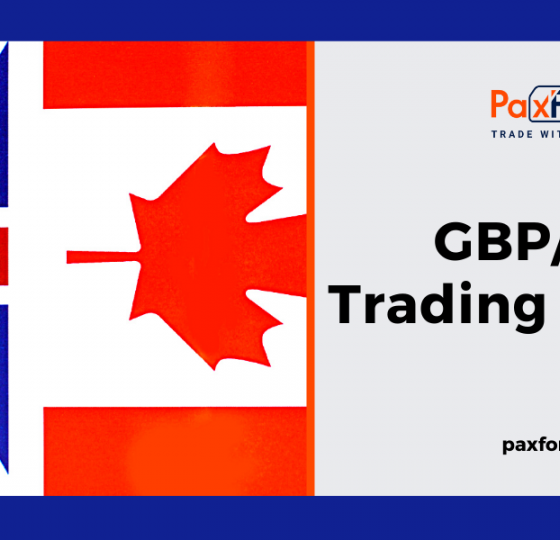
Source: PaxForex Premium Analytics Portal, Fundamental Insight
Considering adding Walmart to your portfolio but hesitant because of the stock's recent surge to record highs? It's understandable. Ideally, you'd want to buy strong stocks when they're undervalued rather than paying a premium.
However, in this case, waiting for a price dip might cost you more in missed gains than you'd save. Walmart's stock is climbing because the company is firing on all cylinders, and this momentum is unlikely to fade anytime soon.
If you're curious about why Walmart is such a compelling investment right now, here are the top four reasons.
- Walmart's Massive Scale Offers a Unique Advantage
It's well-known that Walmart is the largest brick-and-mortar retailer globally. What you might not realize is just how vast its operations are. With over 10,600 stores worldwide - more than half of them outside the US - Walmart dwarfs its closest competitor, Kroger, which operates 2,750 stores. Target, another big name, has just under 2,000 locations.
While size alone doesn't guarantee success - big companies can be mismanaged - Walmart is run exceptionally well. It leverages its scale and purchasing power to outcompete rivals by doing things smaller companies simply can't afford to do.
- Walmart's Revenue "Ecosystem" Is Thriving
You may be familiar with the term "omnichannel," which describes how retailers integrate their online and physical shopping experiences. However, Walmart has taken this concept further, creating a shopping "ecosystem" that becomes a part of consumers' daily lives.
A prime example is Walmart's subscription-based service, Walmart+. Although the company hasn’t revealed exact membership numbers, it did report double-digit percentage growth in subscribers, leading to a 14.4% year-over-year increase in membership revenue. Given the perks of Walmart+, like free shipping and delivery, it’s no surprise that the company’s e-commerce revenue saw a 22% year-over-year increase, driven by these convenience-focused shoppers.
But Walmart's ecosystem isn't just about convenience. The company is also monetizing in other ways, such as allowing vendors to pay for promoting their products on Walmart.com. This high-margin advertising revenue grew 26% year-over-year last quarter, with a 30% increase in the US Additionally, Walmart recently explored acquiring TV brand Vizio, which would provide yet another platform to engage with and advertise to consumers. Vizio currently boasts over 18 million active users - a sizable audience Walmart could tap into in new and innovative ways.
Walmart’s vast physical store network further strengthens the appeal and usage of its online and out-of-store services.
- Walmart is Now Attracting Wealthier Shoppers
Before the COVID-19 pandemic, Walmart wasn’t a frequent stop for affluent households. But when inflation surged in 2021, even families with incomes over $100,000 began to rethink their spending habits. Walmart, known for its wide product selection and competitive pricing, started gaining market share among these higher-income shoppers, a trend the retailer proudly highlighted over the past couple of years.
Now that inflation is easing, there’s a question of whether these newly acquired customers will stick with Walmart. Some may drift away, but many are likely to stay, thanks to the retailer’s efforts to cater to this demographic.
For instance, Walmart has revamped the in-store experience, particularly in its apparel sections. Gone are the days when the store resembled a warehouse. Instead, you’ll find seasonal displays, themed setups, and dressed mannequins - features reminiscent of traditional department stores. The addition of premium brands like Reebok and Chaps to Walmart’s clothing lines, along with upscale products like premium wines, also appeals to this wealthier crowd.
- Walmart is Resilient in Any Economic Climate
Walmart’s business is built to withstand various economic conditions, largely because more than half of its revenue comes from groceries - items people need regardless of the economy. But beyond groceries, Walmart's resilience extends to other essential categories. More than 10% of its sales come from health and wellness products, and around 25% from general merchandise. While some of these items might be sensitive to economic shifts, basics like socks, kids’ clothes, and office supplies will always be in demand - and no one beats Walmart’s prices on these essentials.
Consider this: Since 2017, Walmart hasn’t reported a single quarter with lower revenue compared to the same period a year earlier, even during the post-pandemic period when growth had been particularly strong.
Walmart may not be a high-growth stock like tech giants Nvidia or Alphabet, but that doesn’t mean it’s not a solid investment. The company’s revenue growth, hovering around 5% last quarter, reflects its long-term stability. While there are limits to how much consumers can spend and how many stores Walmart can open, the retailer's steady performance offers predictability. Don’t let the stock’s recent gains or Walmart’s lack of flash deter you from what could be a dependable addition to your portfolio. Stability and predictability are key in any investment strategy, and Walmart delivers both in spades.
As long as the price is above 73.00, follow the recommendations below:
- Time frame: D1
- Recommendation: long position
- Entry point: 76.95
- Take Profit 1: 80.00
- Take Profit 2: 84.00
Alternative scenario:
If the level of 73.00 is broken-down, follow the recommendations below:
- Time frame: D1
- Recommendation: short position
- Entry point: 73.00
- Take Profit 1: 70.00
- Take Profit 2: 67.00













